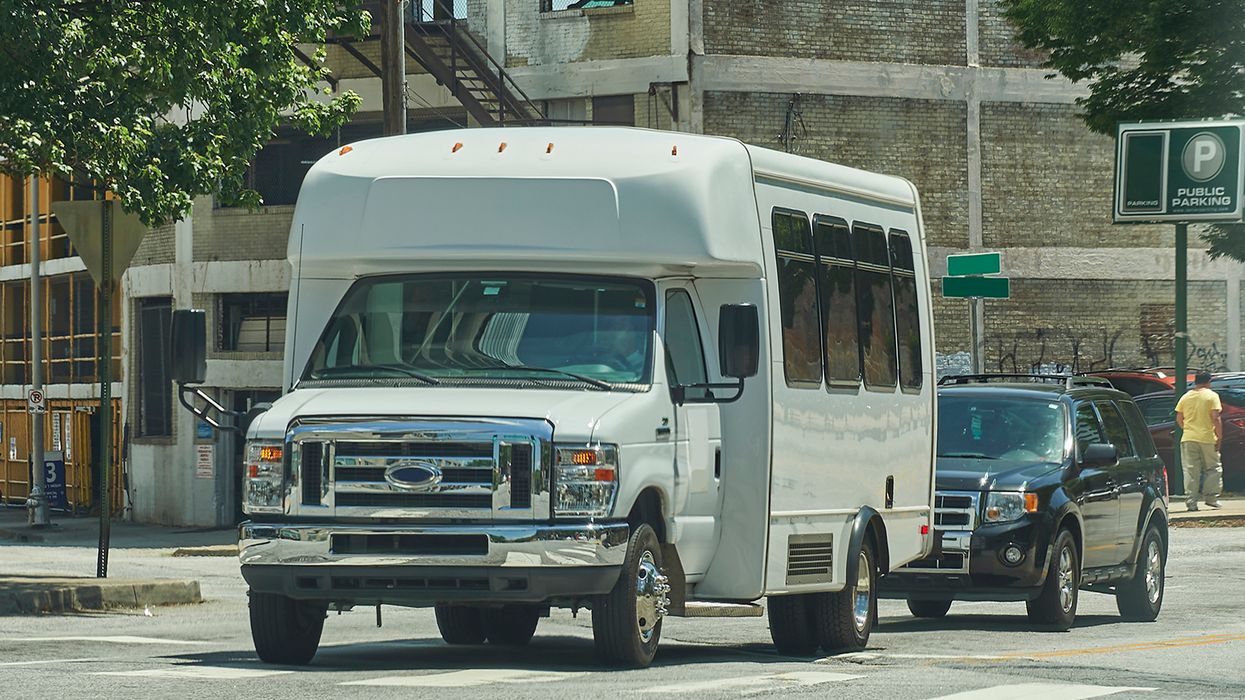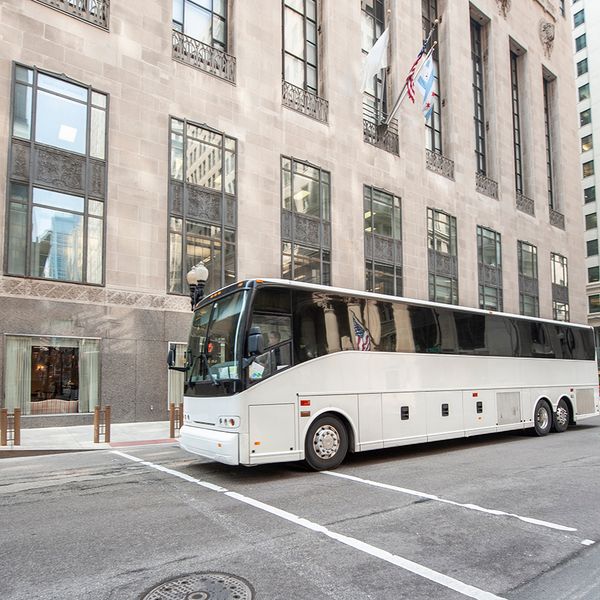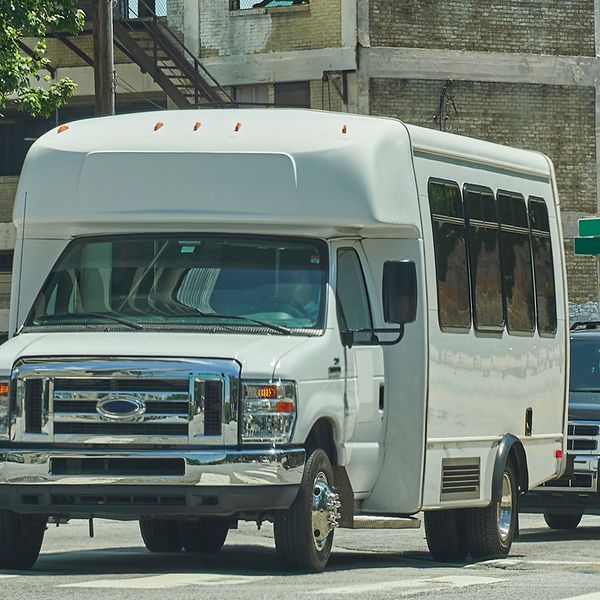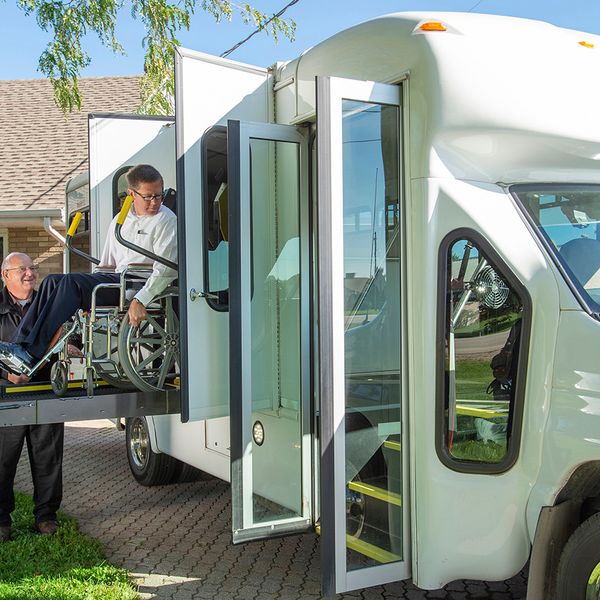Am I a for-hire carrier?
The Federal Motor Carrier Safety Administration (FMCSA) published passenger carrier guidance on November 15, 2022, regarding the applicability of safety regulations, interstate for-hire authority, and financial responsibility (insurance). The guidance created a new regulatory appendix to Part 365 regarding operating authority. The created appendix, in turn, pointed to another new appendix to the General Regulations found in part 390. While the guidance is directly attributable to passenger carriers, it has implications for property carriers as well.
Many might wonder why new guidance is necessary. The agency’s general answer to the question “What is the definition of an authorized for-hire carrier?” seems straight forward, “An authorized for-hire motor carrier transports passengers, regulated property or household goods owned by others for compensation” Where then is any hint of ambiguity? It lies in the questions:
- What is compensation, and
- Is there an exception for my operation?
Compensation is not straight forward
There are two types of compensation, direct and indirect. Direct a fee paid directly for the transportation. For passenger carriers, this often means a fare of some sort; but it could also mean a paid reimbursement, such as for fuel. Indirect compensation often means that the transportation cost is baked into other services. For property carriers, compensation is usually a direct fee, however, compensation can be indirect for property carriers as well – possibly an “in-kind” payment or an accounting line item.
An example of indirect compensation has been in the FMCSA’s guidance for years, it uses an illustration of a river rafting company. Customers can expect the cost of being transported to the place the river trip starts or from the place the river trip ends to be included in the cost of the experience. The rafting company is a for-hire carrier, even though they do not have a direct line-item charge for the shuttle transportation.
Exceptions to the rule
There are more exceptions to the for-hire rule than to nearly any other rule. When an exception exists, it doesn’t change the fact the operation is for-hire, it just means the operation is not required to obtain for-hire authority designated by a motor carrier number. The FMCSA calls these operations “exempt for-hire.” There are too many exceptions to delve into all of them, but they are found in either (or both) United States Code (49 USC 13506) or the FMCSA’s regulations in Part 372. Exemptions include, but are not limited to:
- The compensated transportation of unregulated property such as unprocessed or unmanufactured goods, fruits and vegetables, and other items of little or no value;
- Passenger transportation incidental to transportation by aircraft (additional conditions apply); or
- Commercial zones or intra-municipality transportation when the border of the municipality crosses into another state and is not otherwise part of an interstate movement.
Guidance examples
Appendix A of Part 390 offers nineteen specific examples. The samples include whether the operations described are subject to the safety rules and the minimum levels of financial responsibility in addition to for-hire authority. Below are three of the nineteen examples and are offered as they relate to for-hire authority.
Passengers using multiple transportation modes
While planning a trip, a person goes online, books an airline flight to a city in another State, and reserves a rental car in that city. The car rental company is located near the airport, and it offers shuttle bus service between the terminal and the facility where its customers can pick up and drop off cars. The shuttle does not require a reservation. The car rental company always has at least one shuttle vehicle circulating between the airport and its parking lot during business hours. All shuttle vehicles have a GVWR of 10,001 pounds or more and are designed to transport 16 or more passengers (including the driver). All shuttle operations are
- Conducted on roads and highways that are open to public travel, and
- Confined to a zone encompassed by a 25-mile radius of the boundary of the airport.
Guidance includes: This scenario describes for-hire transportation by a CMV as a part of a continuous interstate movement, though limited exemptions apply. The company is not required to obtain operating authority registration. The shuttle service qualifies for the exemption from operating authority in 372.117(a) for the transportation of passengers by motor vehicle that is incidental to the transportation by aircraft ... Although the shuttle service is not explicitly prearranged, it is in the stream of interstate commerce because customers expect and intend to utilize the service wherever a rental facility is not within walking distance of the airport terminal.
Employer-related passenger transportation:
A commercial building cleaning company owns and operates 15-passenger vans to transport its employees to client locations to perform cleaning services. The employer is located close to a state boundary, and employees are transported into a neighboring State. When employees are transported outside a specified distance from the company’s single office location, the employer provides the transportation free of charge. However, when employees are transported wholly within the specified distance, the employer charges each employee a transportation fee and deducts that amount from the employee’s pay. Most of this employee transportation is outside the commercial zone of the municipality where the company’s office is located and where passenger transportation originates. All of the company’s drivers and vehicles are at some point involved in interstate passenger transportation outside the commercial zone.
Guidance includes: This scenario describes for-hire transportation by a CMV as a part of a continuous interstate movement. Because the employer charges each employee a transportation fee and deducts that amount from the employee’s pay, the compensation is direct.
Miscellaneous passenger transportation:
An assisted living apartment community is a commercial business that owns and operates a bus designed to transport more than 15 passengers, including the driver. The drivers are employees of the apartment community. The bus is used to transport residents to medical appointments, shopping centers, theaters, etc. Routine local transportation within the State is financed by general fees paid by all community residents. The community office assesses a special charge for entertainment-related transportation. The general public is not allowed to use the bus service. Some trips to shopping centers and theaters go into a neighboring State, but all transportation remains in the commercial zone of the community.
Guidance includes: This scenario describes for-hire interstate transportation by commercial motor vehicle, but some exemptions apply. The general fees paid by the community residents cover a multitude of services including local transportation. This indirect compensation arrangement for transportation is a service for-hire. The special charge for entertainment-related transportation is direct compensation and is also a for-hire service. Although the community is an interstate for-hire motor carrier of passengers assessing special charges for entertainment trips to a neighboring state, operating authority registration is not required because the transportation is wholly within the commercial zone where the community is located.
Keys to remember
The definition of for-hire includes transportation of passengers, regulated property or household goods owned by others for compensation. For-hire carriers typically need to have authority designated by a motor carrier (MC) number. For-hire operations are not always obvious because the compensation received may not be a direct fee. Whether the compensation is obvious or not, exemptions from needing for-hire authority may exist for an operation. Even when exempt from needing for-hire authority, the exemption does not automatically excuse the operation from the safety or financial responsibility rules.































































